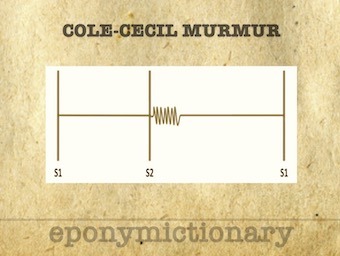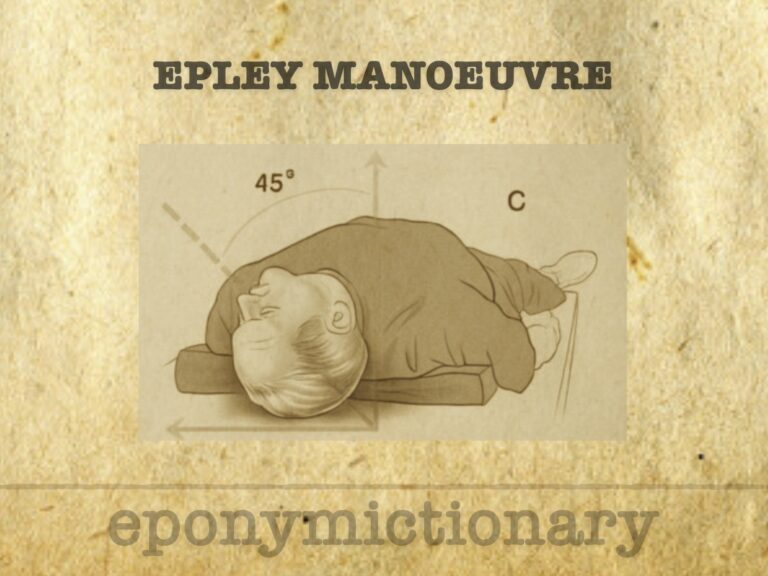
Cole-Cecil murmur
Early diastolic murmur of aortic insufficiency radiating with axillary radiation. (1908) Cole and Cecil examined 17 patients with provisonal diagnosis of aortic insufficiency and mapped the site of maximal intensity and axillary radiation of the early diastolic murmur.Early diastolic murmur of aortic insufficiency radiating with axillary radiation.




